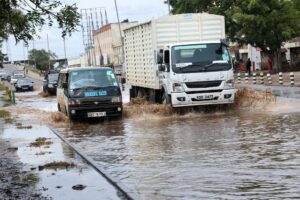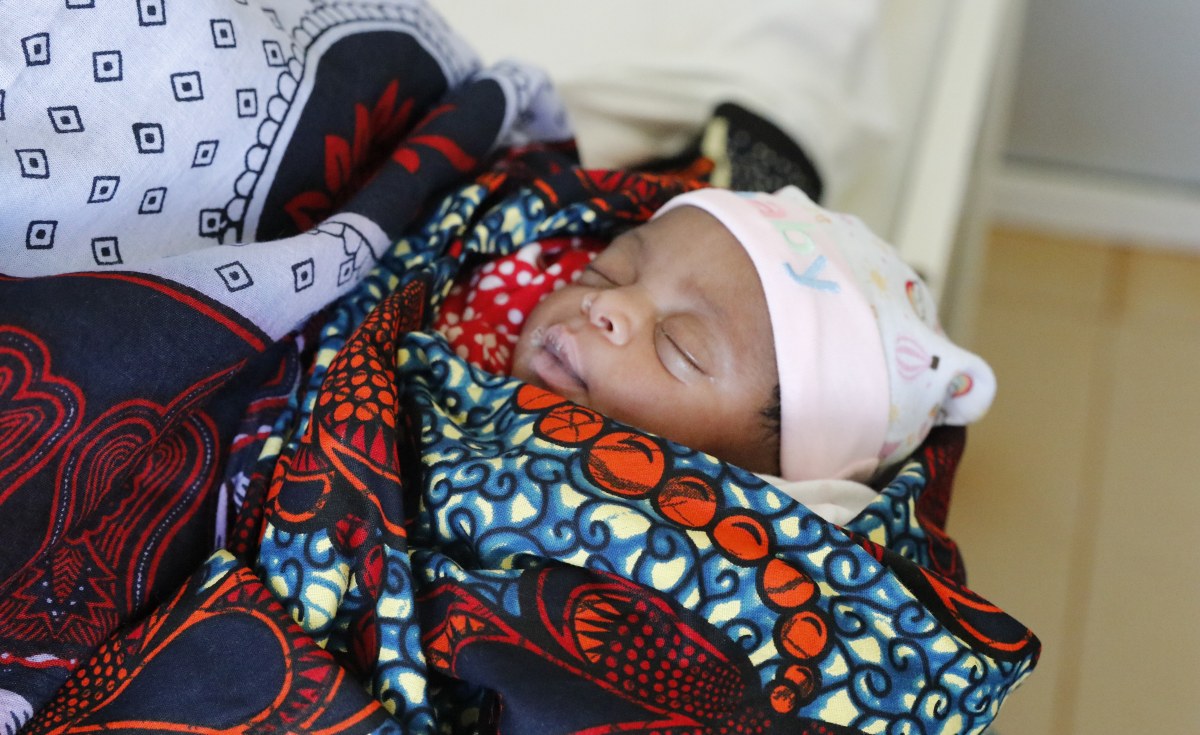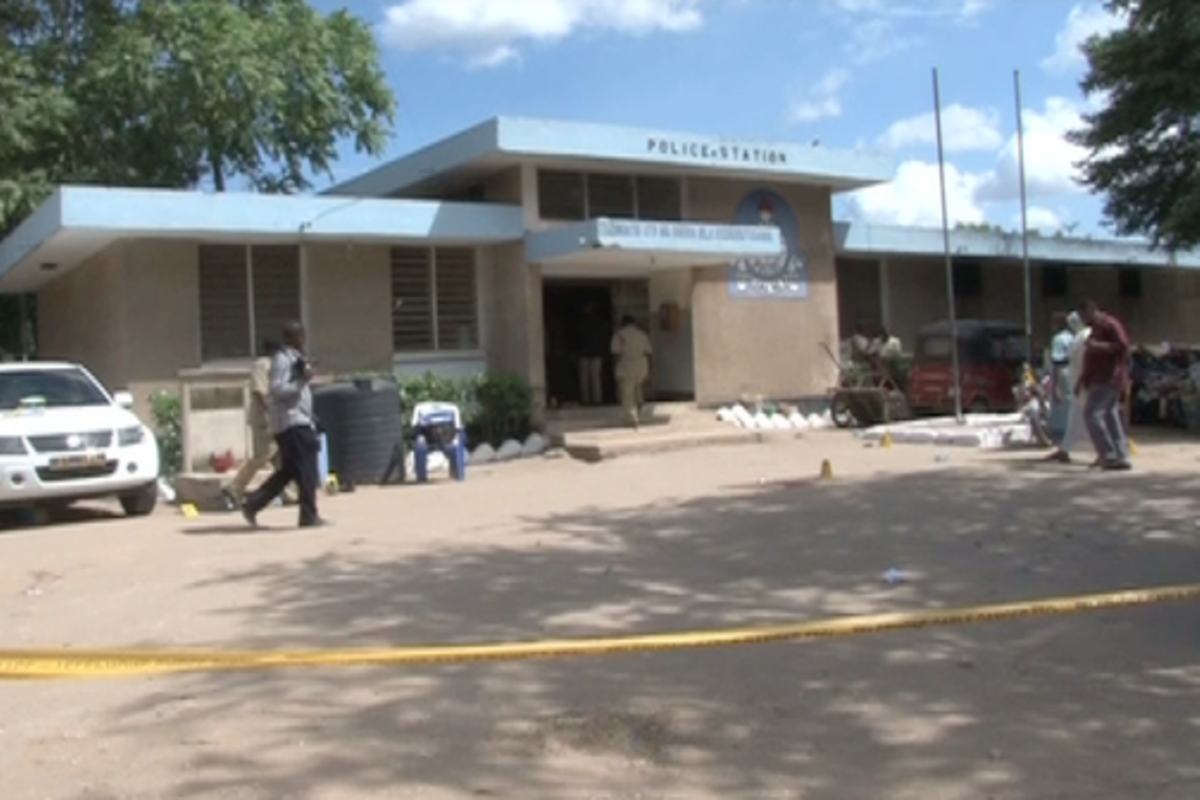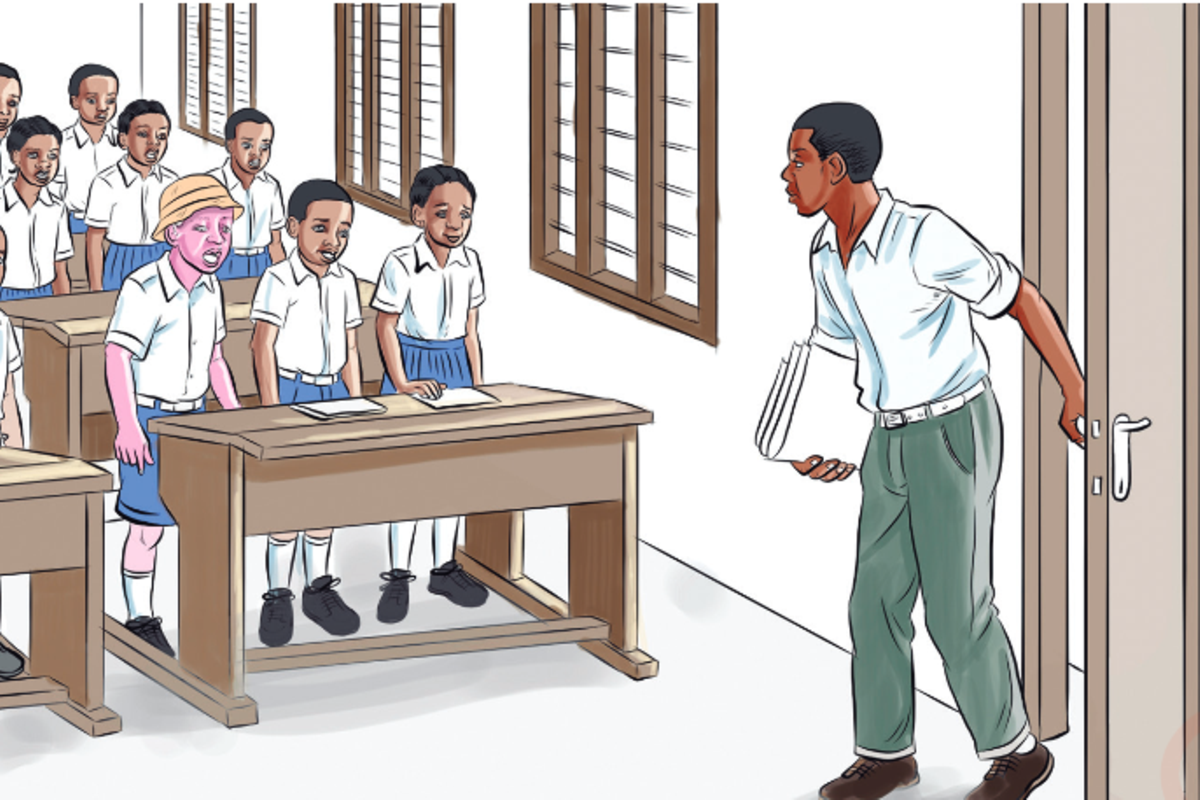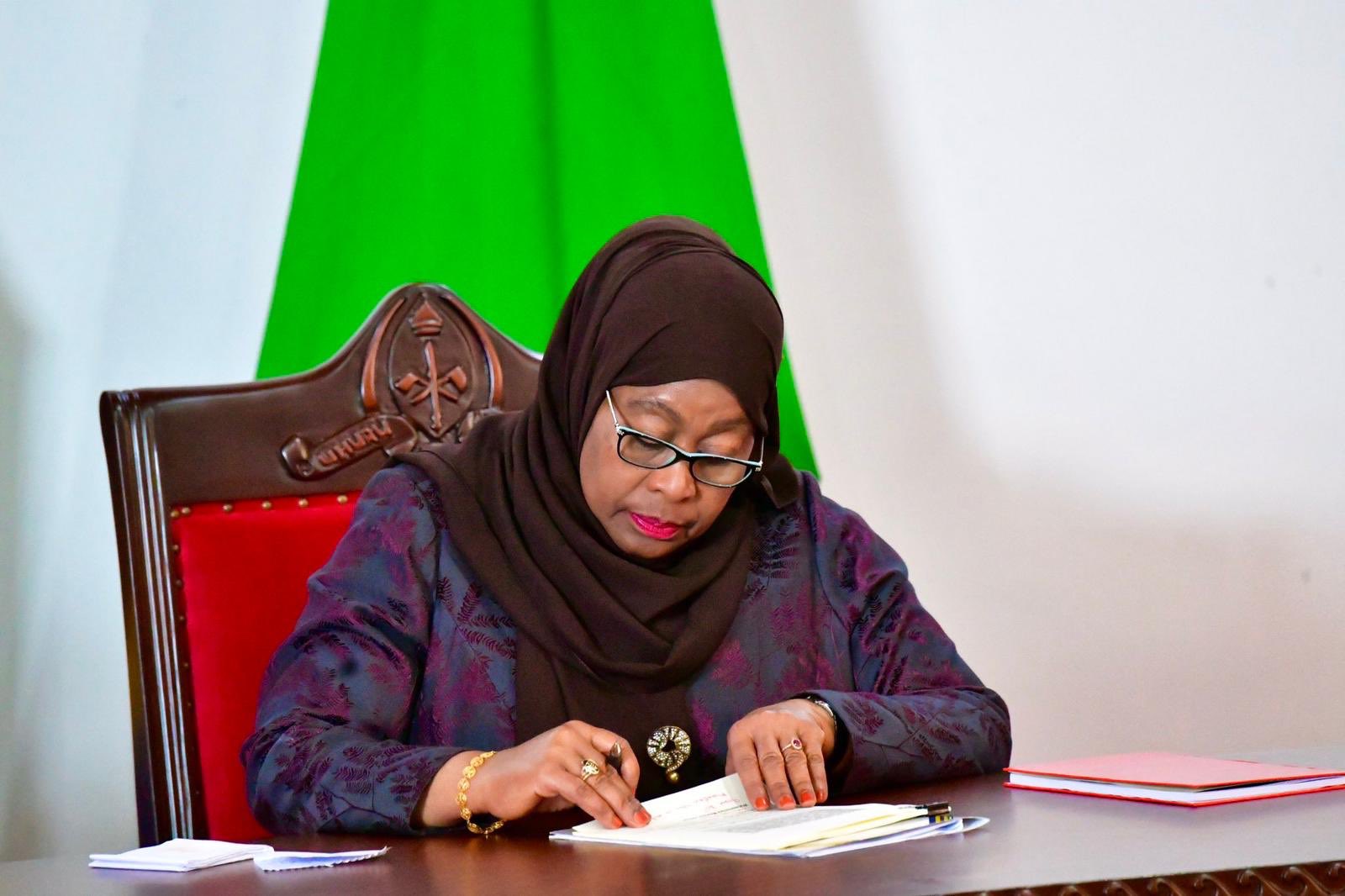The past two weeks have been disastrous in East Africa as heavy rains caused floods leading to the loss of hundreds of lives, displacement of thousands and damage to property. A spot check by The EastAfrican shows that Kenya, Uganda, Tanzania and Burundi have been worst hit by the storms, with highways and railways temporarily closed.
Experts warn that Tanzania, one of the sources of food to the region, will realise reduced yields by up to 30 percent due to the impact of the floods.
Government Spokesperson Mobhare Matinyi said 8,532 houses have been damaged in Morogoro and Coast regions and 76,698 hectares of farms destroyed.
The country’s Prime Minister Kassim Majaliwa told Parliament flooding had left at least 236 injured, while more than 10,000 houses had been damaged and upwards of 200,000 people affected.
“The heavy El Nino rains, accompanied by strong winds and flooding and landslides in various parts of the country have caused adverse effects,” Mr Majaliwa said.
The rains cut off movement between Kenya and Tanzania on the Nairobi-Namanga highway for the better part of Wednesday, after the Athi River burst its banks flooding a large part of residential and industrial areas in Kajiado and Machakos counties.
Red Cross and other volunteers rescued 96 people marooned in Athi River.
Read: Heavy rains pound Kenya as people count property losses
The matter is a subject of discussion in the Council of Ministers meetings going on in Tanzania.
“Flooding caused by the Athi River led to the temporary closure of the Namanga road and we, as East African Community ministers, are going to meet to discuss how to deal with floods,” said Peninah Malonza, Kenya’s EAC Cabinet Secretary, who is in Arusha to discuss the EAC budget for the financial year 2024/25.
“We are going to Arusha and later Dar es Salaam and we hope to have a meeting over the matter.”

Residents of Supa Care Apartment block located in Ruaka Area which was flooded salvage what they could on April 23, 2024. PHOTO | FRANCIS NDERITU | NMG
The Kenya Meteorological Department issued a heavy rainfall advisory.
In Uganda, flash floods made movement on the Northern Corridor difficult.
Earlier this week, the Masaka-Mbarara highway – which is also Uganda’s main trade route to Rwanda and the DR Congo – was cut off by floods, paralysing traffic and trade.
A section of Kampala-Masaka highway between Busega and Kyengera, a few kilometres outside the city caved in on Sunday, according to the Uganda National Roads Authority (UNRA) spokesperson, Allan Ssempebwa.
“We are experiencing a failure at the section of the highway, the drainage systems have collapsed… What we are doing right now is mobilizing materials and other necessary equipment to intervene as quickly as possible,” Mr Ssempebwa said.
The Masaka-Mbarara highway is an economic lifeline for Uganda because it is the main trade route connecting Uganda to Rwanda and the DR Congo.
The highway is one of the busiest in the country, with an estimated average daily traffic of more than 30,000 vehicles.
The southwestern part of Uganda is also the source of much of the food consumed in Kampala. Many traders were stranded on the road and made huge losses because their foodstuffs, especially bananas, were spoilt before reaching the market. Vehicles snaked through the rugged, potholed and narrow marram roads to reach or get out of Kampala.
“During this rainy season we know that anything can happen so we have put together an emergency response team that’s now always on standby to respond to flooding across the country,” Mr Ssempebwa said.
The Uganda National Meteorological Authority had announced that the country would receive above-normal rainfall in April.
This week, the Kyambogo-Banda road was also cut off while in the Industrial Area traders were left counting losses as they kept their shops closed due to flooding.

A flooded section of Membley Estate in Ruiru on April 24, 2024. PHOTO | FRANCIS NDERITU | NMG
The National Meteorological Authority said on Friday that the country would continue to experience more rain and that the northern part of the country was at risk of floods.
“The country is experiencing isolated thundershowers. These conditions will continue with a few regions like West Nile, Midwestern, central North, Kyoga, and Kigezi getting sunny intervals. Eyes on the North which may get floods in lowlands,” the Authority said on X.
In Tanzania, by Wednesday this week, the government had announced the deaths of 63 people. The Coastal areas are particularly at risk, with the potential of flooding and disruptions to key economic activities such as fishing and maritime transport. The agency’s acting director-general Ladislaus Chang’a cited Dar es Salaam, Tanga, Morogoro, Mtwara and Lindi, including Mafia Island, as well as Pemba and Zanzibar as high-risk regions. Others are Mwanza, Masra, Simiyu, Kagera, Kigoma and Shinyanga.
Around the Rufiji River Basin, thousands of people residing in valleys and close to big rivers have been forcibly moved. The rains have caused landslides in Arusha and Manyara, where houses and road have been damaged.
In Dar es Salaam city, roads such as Morogoro Road near Jangwani and Mkwajuni in Kinondono suburb were temporarily closed.
Eight camps have been established in the Coast region to accommodate 1,529 flood survivors and one in Morogoro.
The government has provided 40,000 tonnes of foodstuffs such as maize and rice and medicines and medical equipment worth $83,588 were donated to the people in the camps.
Read: From killer droughts to devastating floods
In Burundi, Lake Tanganyika’s rising waters invaded the port of Bujumbura, disrupting business and making movement difficult for people and goods. Intense rainfall has affected various regions in Kenya, especially the Coast, Nairobi, Central, Western Highlands, Rift Valley, Lake Victoria Basin, Southeastern lowlands and the Northeastern region.
The rising waters of Lake Tanganyika have caused the Kanyosha River to overflow, damaging homes and other property in Bujumbura. Burundi’s Interior Minister Martin Niteretse called for support in managing the crisis.
“We ask our development partners to combine efforts with the state of Burundi to help all people affected by these disasters,” Mr Niteretse said.
In neighbouring Rwanda, 4,800 families, from 326 identified disaster high-risk zones have been moved to safety, as the country braced for floods.
Although no large-scale flooding has been reported so far, the authorities are not taking chances, especially as memories of the more than 130 lives lost a year ago still linger.

Motorists drive through a flooded section of the Thika Superhighway at the Kahawa Sukari Exit on April 24, 2024. PHOTO | FRANCIS NDERITU | NMG
“We informed the people in disaster hot-spot areas beforehand, more than 4,800 families have been moved from these areas from 326 identified disaster high-risk zones,” said Adalbert Rukebanuka, director-general of risk reduction, planning, and mainstreaming at the Ministry of Emergency Management.
“At the moment we haven’t yet got many cases of disaster-induced deaths or destruction, we are getting few reports in different parts of the country, but we believe the worst is yet to come,” said the official.



